
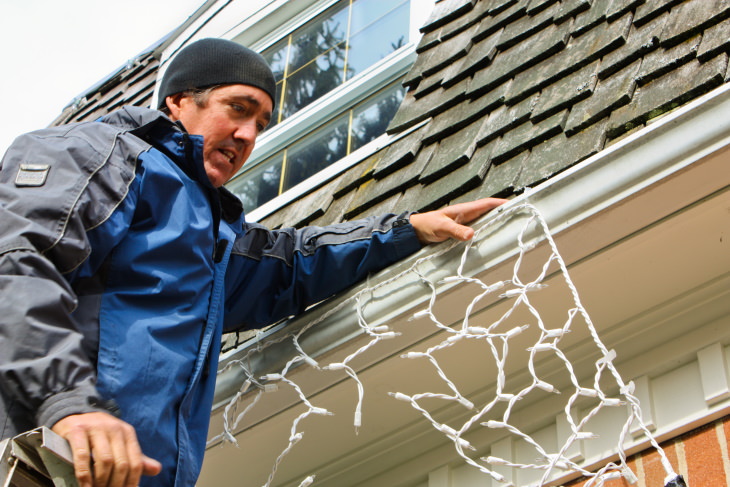
From putting up outdoor Christmas lights to decorating the Christmas tree, December is the month when ladders tend to be used the most. Combine this with the frigid weather and a busy mind, and the risk of falls goes up considerably. According to data from the US Consumer Product Safety Commission (CPSC), the holiday season causes around 160 decorating-related incidents daily, and almost half of these injuries are falls. In 2019, the holiday season spurred 14,800 emergency room visits related to holiday decorating.
Prevention: Avoid getting on the ladder if there’s no one to hold it steady and help you through the entire process. Before each use, make sure that the ladder is on a flat surface and is free of debris and tripping hazards like rugs or leaves. And lastly, if you’re using an extension ladder outdoors, avoid getting on the top two rungs, even if you have assistance.
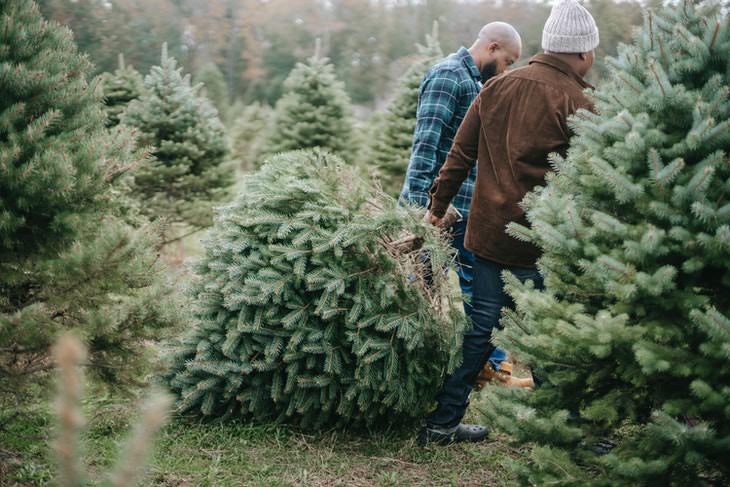
Insist on getting a natural fir tree every holiday season? Even with artificial trees being widely available, it’s still a very common holiday tradition. But you should be aware that these trees come with an added risk. Lifting a fir tree is a tough task that could give you backache or worsen an existing back condition. Other heavy objects like shopping bags, suitcases, and boxes with holiday decorations could also lead to lifting injuries. So be careful and mindful of your lower back.
Prevention: If you suffer from chronic back pain, let someone else do the heavy lifting - literally. Sadly, this isn’t always possible. In case you need to carry something heavy, make sure to lift with your legs and not the back. This means spreading your feet shoulder-width apart and bending the knees and not your back while lifting, carrying, and putting down a heavy load. Also, it’s helpful to keep the heavy object close to the body.
And lastly, remember - even a smaller tree should be carried by at least two people.
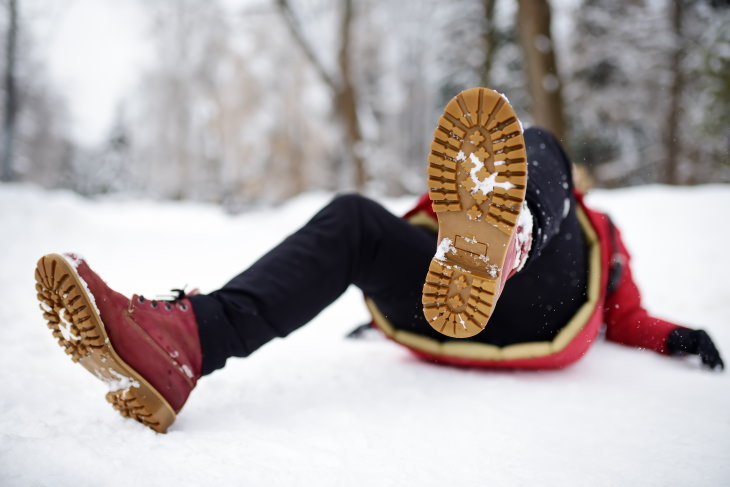
When prepping for the holiday season, people tend to forget or seriously disregard their backs, feet, and joints. But all the cooking, cleaning, traveling, and errands can take a serious toll on the body, which is why back pain, knee pain, and achy feet become increasingly common at this time of the year.
Prevention: Wear comfortable footwear as you’re running errands and doing housework. Take frequent breaks when you’re cooking or decorating too. If you’ve been standing for more than half an hour, sit down for a few minutes or move around the house to lubricate the joints and give your back and knees a break. In the evening, take a warm bath or do some relaxing stretches to relax the muscles.
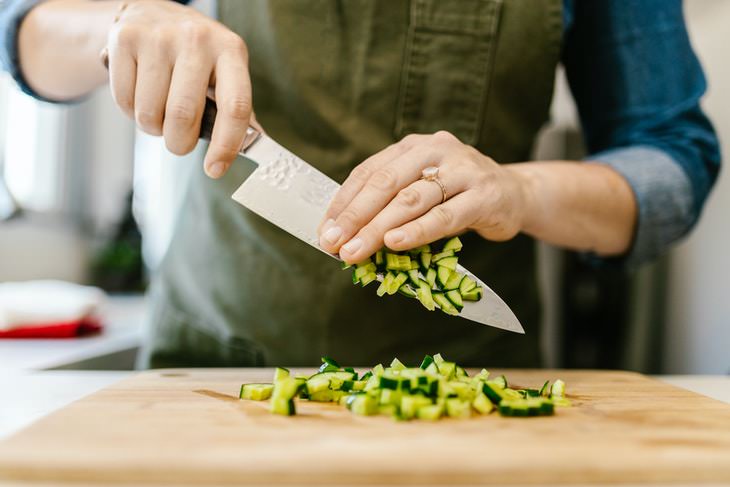
Cooking injuries are another big group of injuries doctors see during the holidays. Although most of these injuries are fire-related (more on that later), it’s still important to practice caution whenever you’re using the kitchen knife or any other sharp kitchen appliance. Cutting injuries can also happen outside of the kitchen when you’re unpacking a present with scissors or a knife.
Prevention: Practice caution when using sharp objects. Always snip or cut away from you and anyone else around you.
Did you know that cooking fires are the leading cause of residential fires in the United States? Data from the CPSC suggests that home fires result in nearly 2,400 deaths and 10,400 injuries every year, which is not only surprising but also very alarming!
Prevention: Even if you’re short on time, never leave food on the stove unattended. Turkey fryers pose an especially high risk of fire and burning accidents, which is why the CPSC recommends that you only fry a turkey outdoors at a safe distance from the house.
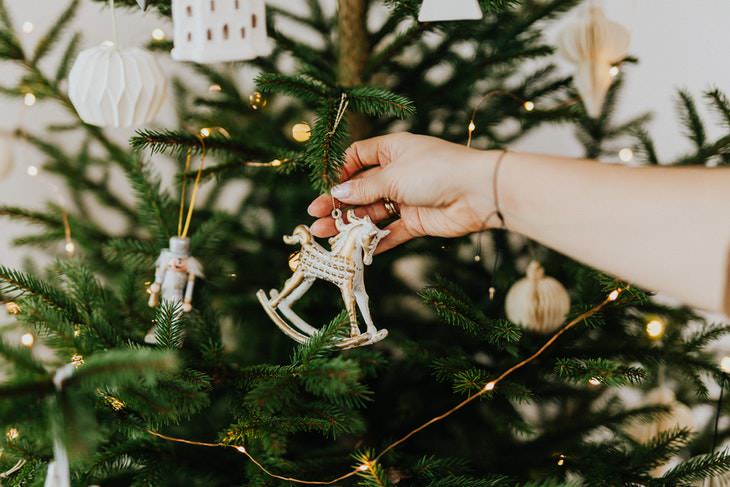
Childhood injuries and deaths are not to be taken lightly, and according to the CPSC, 2020 saw 150,000 emergency room visits and 9 deaths caused by toy injuries in kids 14 and younger. Small toys are a serious choking hazard and account for most of the toy-related deaths in children.
Prevention: If you're visiting someone during the holidays and you have small children, make sure to child-proof the home first: close power outlets, block stairs, and put away medications, alcohol, cleaning products, and any tiny objects from the child's reach. In your own home, make sure that the toys gifted to the child are not choking hazards and don't let the children play near the Christmas tree unattended.
You probably didn’t expect to see tooth injuries on this list, but it’s very true. Hard and sticky foods like caramel, toffee, candy, crunchy pastries, and nuts can make teeth, crowns, and even dentures break or shift. Simply avoiding especially sticky or hard foods like these is the best way to not end up at the dentist’s office in the middle of the holidays.
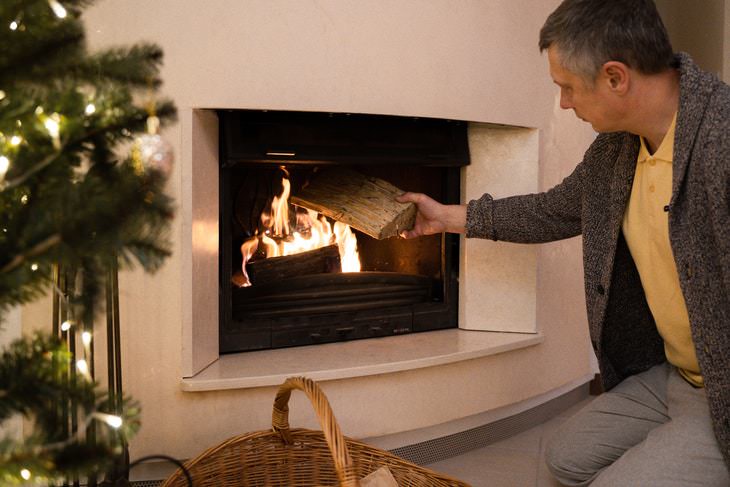
Christmas trees, candles, and unattended fireplaces can lead to dangerous fires. Every year, such fires result in dozens of deaths and hundreds of injuries and property loss. The National Fire Protection Association points out that every fifth Christmas tree fire is caused by Christmas lights. So make sure that your beautiful decorations and lights can’t catch aflame manually and won’t overload the power grid in your home.
Prevention: This may be obvious, but never leave candles, lights, or fireplaces unattended. Likewise, make sure that any candles and lights are away from flammable objects like curtains and other fabrics. Those who enjoy decorating the holiday table with candles are better off using battery-operated candles than traditional ones. If you installed more lights than usual this year, make sure that your power grid can handle it. This is best done by consulting a professional.
We wish you peaceful and happy holiday preparations. Please keep in mind that other medical conditions that are not injuries can also flare up or appear during the holidays, a topic we discuss here - 10 Holiday Health Hazards to Avoid. Stay safe this holiday season and don't hesitate to seek medical help whenever needed, pandemic or not.